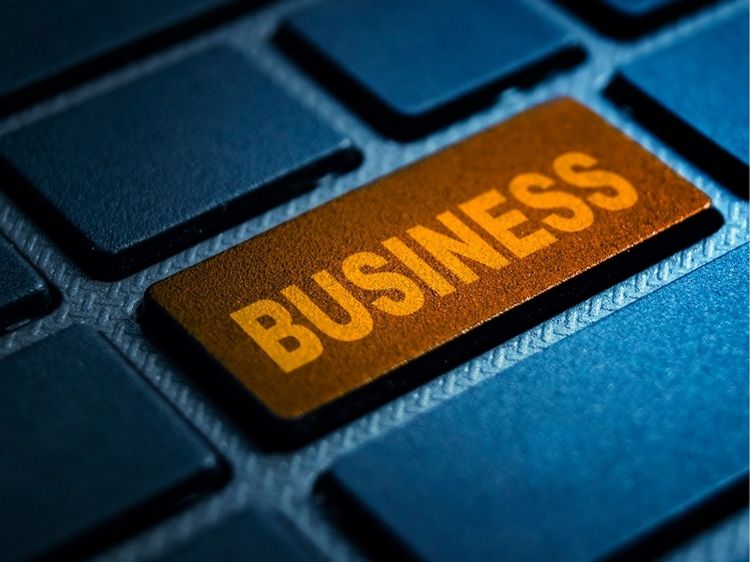Why Business Attire Matters
“Dress for the job you want, not the job you have.” You’ve probably heard this mantra before, and for good reason. What you wear says a lot about you—especially in a professional setting. Business attire isn’t just about looking good; it’s about projecting confidence, competence, and credibility.
But let’s face it, navigating the world of office dress codes can feel like decoding a secret language. Casual? Business casual? Formal? What does it all mean? Don’t worry—I’ve got you covered. In this guide, we’ll break down the ins and outs of business attire so you can walk into any workplace (or Zoom meeting) with confidence.
Types of Business Attire
Not all workplaces are created equal, and neither are their dress codes. Here’s a breakdown of the main categories:
1. Formal Business Attire
Formal business attire is the crème de la crème of professional dress codes. Think job interviews, board meetings, or high-stakes presentations.
For Men:
- A tailored suit (navy, black, or gray are classics).
- Dress shirt, preferably white or light-colored.
- Tie and pocket square for added sophistication.
- Leather dress shoes.
For Women:
- Pantsuits or skirt suits in neutral colors.
- Button-up blouse or a professional top.
- Closed-toe pumps or flats.
- Minimal accessories—keep it classy.
2. Business Casual
Ah, the sweet spot between too formal and too relaxed. Business casual is about looking polished without going overboard.
For Men:
- Dress pants or chinos.
- Collared shirts or polo shirts.
- Loafers or leather shoes.
- No tie required, but you can wear one if you’d like.
For Women:
- A blouse or sweater paired with skirts or slacks.
- Dresses that aren’t too flashy.
- Flats or low-heeled shoes.
3. Smart Casual
This is where personality meets professionalism. Smart casual allows a little more flexibility while maintaining a neat appearance.
For Men:
- Dark jeans or well-fitted chinos.
- Blazers with plain T-shirts or collared shirts.
- Clean sneakers or loafers.
For Women:
- Tailored trousers or skirts with chic blouses.
- Casual dresses that are workplace-appropriate.
- Stylish flats or boots.
Business Attire Essentials
To build a wardrobe that works across all dress codes, focus on these staples:
- Blazers: The ultimate layering piece that adds instant professionalism.
- White Shirts/Blouses: A timeless classic that works with everything.
- Dark Trousers/Skirts: These can be dressed up or down depending on the occasion.
- Comfortable yet Stylish Shoes: You don’t want to limp through your workday.
- Accessories: Minimal watches, belts, and simple jewelry can elevate your look.
How to Adapt Business Attire for Modern Workplaces
With remote work and relaxed office cultures, the rules of business attire are evolving. Here’s how to stay sharp without feeling overdressed:
- Know Your Industry: Creative fields often lean towards smart casual, while corporate environments might stick with formal attire.
- Pay Attention to Company Culture: A quick scan of your coworkers’ outfits can tell you everything you need to know.
- Invest in Versatile Pieces: Items like blazers, tailored pants, and classic shirts can transition between dress codes seamlessly.
Tips for Nailing Business Attire
Here are some quick-fire tips to ensure you’re always dressed for success:
- Fit is Everything: A well-fitted outfit looks more expensive and professional than anything off the rack.
- Stick to Neutrals: Black, navy, gray, and white are your go-to colors for a polished look.
- Pay Attention to Grooming: Clean shoes, tidy hair, and wrinkle-free clothes make a big difference.
- Don’t Overdo It: Avoid loud patterns, excessive accessories, or overpowering perfumes.
Common Mistakes to Avoid
Even seasoned professionals can make missteps with business attire. Here’s what not to do:
- Wearing Wrinkled Clothes: Nothing says “I don’t care” quite like unpressed clothes.
- Ignoring Dress Codes: If it’s business formal, don’t show up in sneakers.
- Choosing Style Over Comfort: If you’re fidgeting with your outfit all day, it’s a no-go.
FAQs About Business Attire
What’s the difference between business casual and smart casual?
Business casual leans more formal with items like slacks and collared shirts, while smart casual allows for dark jeans and trendy pieces.
Can I wear sneakers with business attire?
Yes, but only for smart casual or modern business casual settings. Make sure they’re clean and minimal in design.
Are jeans ever acceptable in business attire?
Jeans can work for smart casual or creative industries. Opt for dark, well-fitted jeans without distressing.
Should I always wear a tie for formal business attire?
For men, ties are typically expected in formal settings, but it’s best to observe your workplace norms.
Summary: Dressing the Part
Business attire is more than just clothes—it’s a tool for making the right impression. Whether you’re rocking a suit or a smart casual look, the key is to dress with purpose and confidence. By understanding the various dress codes and investing in versatile pieces, you’ll always be prepared to look the part.



